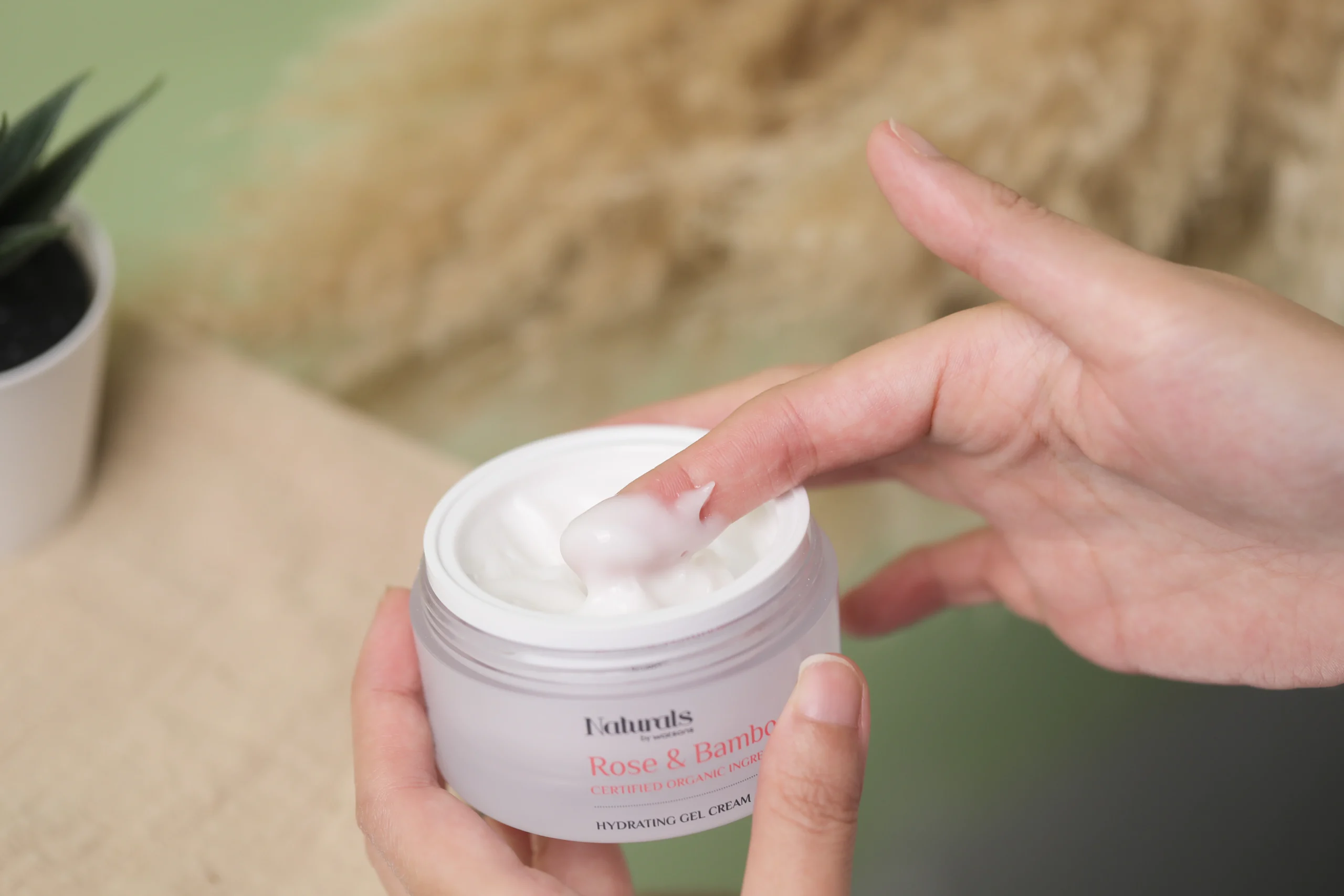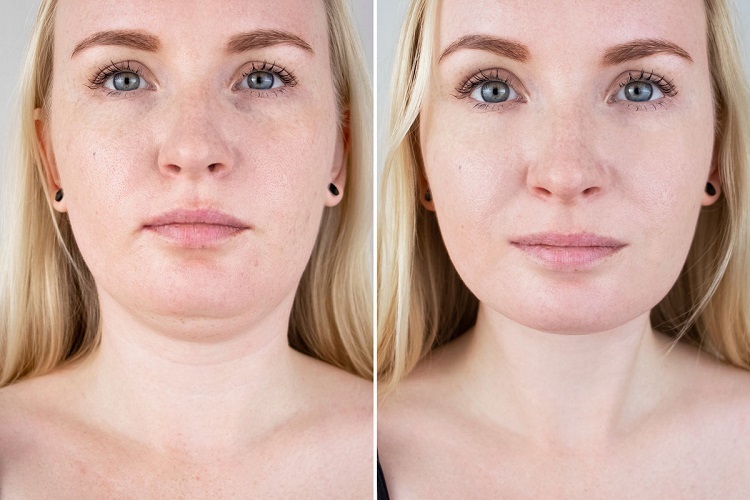If you have a tattoo, you might probably wonder how to remove it when that time comes. After all, you wouldn’t want to miss out on employment opportunities, or maybe your tattoo reminds you of your ex-lover. Fortunately, tattoo removal Brooklyn Heights services are now available.
Some people may opt for DIY methods to remove their tattoos, but you may leave behind scars. Thankfully, doctors use methods and proper equipment that leave fewer scars. That is because they use the following techniques below.
Table of Contents
Chemical Peels
Typically, people opt for trichloroacetic acid (TCA) peels to improve their skin’s appearance. However, doctors can also use them to remove the outer layers of your skin, which contain tattoo ink. During this procedure, you will experience some mild pain since doctors do not use anesthesia.
Since chemical peels require the doctor to scrub your face, you will develop some wounds. That means it will be your goal to care for them before they worsen. Remember to clean the area with soap and water and apply antibiotic ointment.
Dermabrasion
This surgical method uses a medical grinding tool to remove the skin’s outer layers in a controlled manner. Like chemical peels, its goal is to remove the layers that contain tattoos. Since this procedure is painful, your doctor will put you on local or general anesthesia.
After this procedure, you will have open wounds. They usually take 10-14 days to heal, which is quite a long duration. Until then, you should wash them with soap and water and cover them when done.
Laser Tattoo Removal
Normally, your immune system breaks down small foreign particles from the skin, including tattoo ink. Since tattoos are too big for your body to break down, a laser becomes the best alternative. The laser uses highly concentrated light waves to heat ink particles which causes their fragmentation. Now your immune system can break down the rest of the tattoo.
If your tattoo is huge, you may need up to 10 sessions to get rid of it. Another factor that may require you to go for many sessions is the type of ink you use (green). Usually, there will be a six-week period between each session to allow wounds to heal.
Tattoo Removal Creams
People who opt for tattoo removal creams seek painless and non-invasive means of removing tattoos. All you need to do is apply them to your skin. The drawback of these creams is that they do not completely remove them. Instead, they only bleach parts of your skin to make tattoos less visible.
Care must be taken when using these creams. Most of them contain hydroquinone (bleaching agent) which reduces melanin. As a result, you will be sensitive to sunlight.
Surgical Excision
In this procedure, the surgeon cuts out the skin that contains tattoos with a scalpel. Unfortunately, this method only works for those with small ones. Before removal, your surgeon will inject you with local anesthetic and stitch the edges of your skin to finish the procedure.
As expected, you will get scars that should clear within a week. Also, you may experience soreness thanks to the anesthesia. If these issues persist, you can visit your doctor.
How badly do you want to remove your tattoo? Surgical excision and laser surgery are effective if you want to remove them completely. Understandably, some may not afford them and instead opt for tattoo removal creams. However, they have no choice but to bear with partly removed tattoos.
To prevent instances of needing a tattoo removed, think about your actions before putting on a tattoo. It may seem like a good idea at the time, but you will spend a lot of money removing it. Please note that this isn’t an attack against tattoos.







